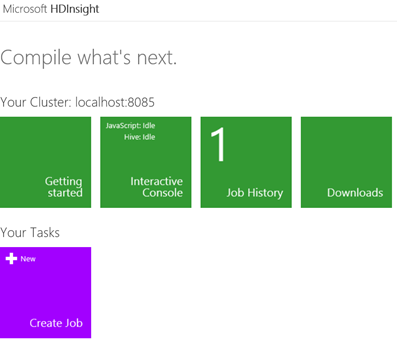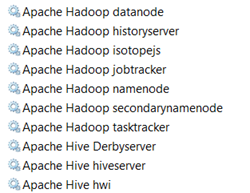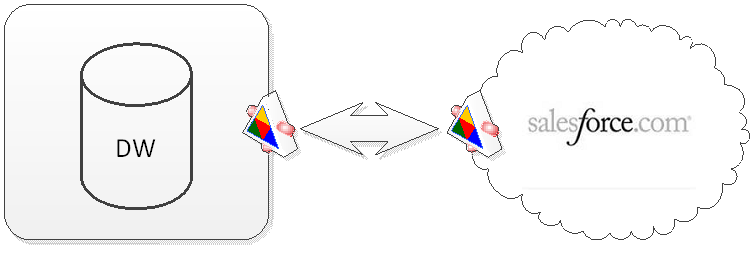SQL PASS 2012 Day 1 Announcements
I hope you watched the SQL PASS 2012 Day 1 Keynote live. There were important announcements and I was sure happy to see BI being heavily represented. For me, the most important ones were:
- The availability of SQL Server 2012 Service Pack 1
For some reason, this announcement went without being applauded from the audience although in my opinion it was the most important news from the tangible deliverables. First, I know that many companies follow the conventional wisdom and wait for the first service pack before deploying a new product. Now the wait is over and I expect mass adoption of SQL Server 2012. At Prologika, we’ve been using SQL Server 2012 successfully since it was in beta and I wholeheartedly recommend it. Second, SP1 is a prerequisite for configuring BI in SharePoint 2013, as I explained previously. Indeed, I downloaded and run the setup and I was able to continue the SharePoint 2013 PowerPivot configuration. BTW, the build number of SP1 is 11.0.2100.60.
Note If you’re configuring PowerPivot for SharePoint 2013, you must also install a PowerPivot for SharePoint 2013 add-in (there is a new installer package called spPowerpivot.msi) in order to get the upgraded version of the PowerPivot Configuration Tool for SharePoint 2013. If you open the RTM version of the PowerPivot Configuration Tool for SharePoint, it will promptly complain that it doesn’t know a thing about SharePoint 2013 and redirect you to this page. Unfortunately, at this time, the link on this page points to the Community Technology Preview of the SQL Server 2012 SP1 Feature Pack and the whereabouts of the official SP1 release of the feature pack are not known (the Feature Pack was published with an incomplete list of files). I downloaded and ran the CTP version of and then ran the PowerPivot Configuration Tool for SharePoint 2013. It appears that the CTP version did a respectable job and all it was capable of successfully configuring PowerPivot for SharePoint. However, please wait for the official release of the SQL Server 2012 Feature Pack to avoid issues.
- Power View for Multidimensional – OK, the cat is out of the bag on this one and Amir showed a demo. As a participant of the CTP program Power View for Multidimensional, I’m very happy about it. That’s all I can say at this point while waiting for the public technology preview. Unfortunately, Power View for Multidimensional didn’t make it to SP1 and it’s not known at this point when and how it will ship. But if you have multidimensional cubes (and who doesn’t) the wait will be worthwhile I promise.
- Updatable Columnstore Indexes in SQL SERVER.NEXT – This a good news for users of columnstore indexes that will avoid dropping and recreating the indexes. This will be especially useful for columnstore indexes built on top of large fact tables, such as in the scenario I described here.
- Hekaton – Plans to ship a long-due in-memory OLTP technology in SQL Server.NEXT.
- Polybase – Another new technology slated for the next release of SQL Server 2012 Parallel Data Warehouse (expected in first half of 2013) that will allow you to run T-SQL queries joining relational data residing in PDW and Hadoop data. I guess this is the materialization of the David DeWitt’s Enterprise Data Manager idea that he talked about in his 2011 PASS presentation. I’m looking forward to his sequel which I suppose will go in details on this topic. Did we run out of cool names from the animal kingdom to succeed Hadoop, Mahoot, Pig, etc? I guess will find out in David’s talk.
Here is the list of the forthcoming live sessions.
UPDATE 11/8/2012
Here is a direct link to the release build of the PowerPivot Configuration Tool for SQL Server 2012 SP1.







